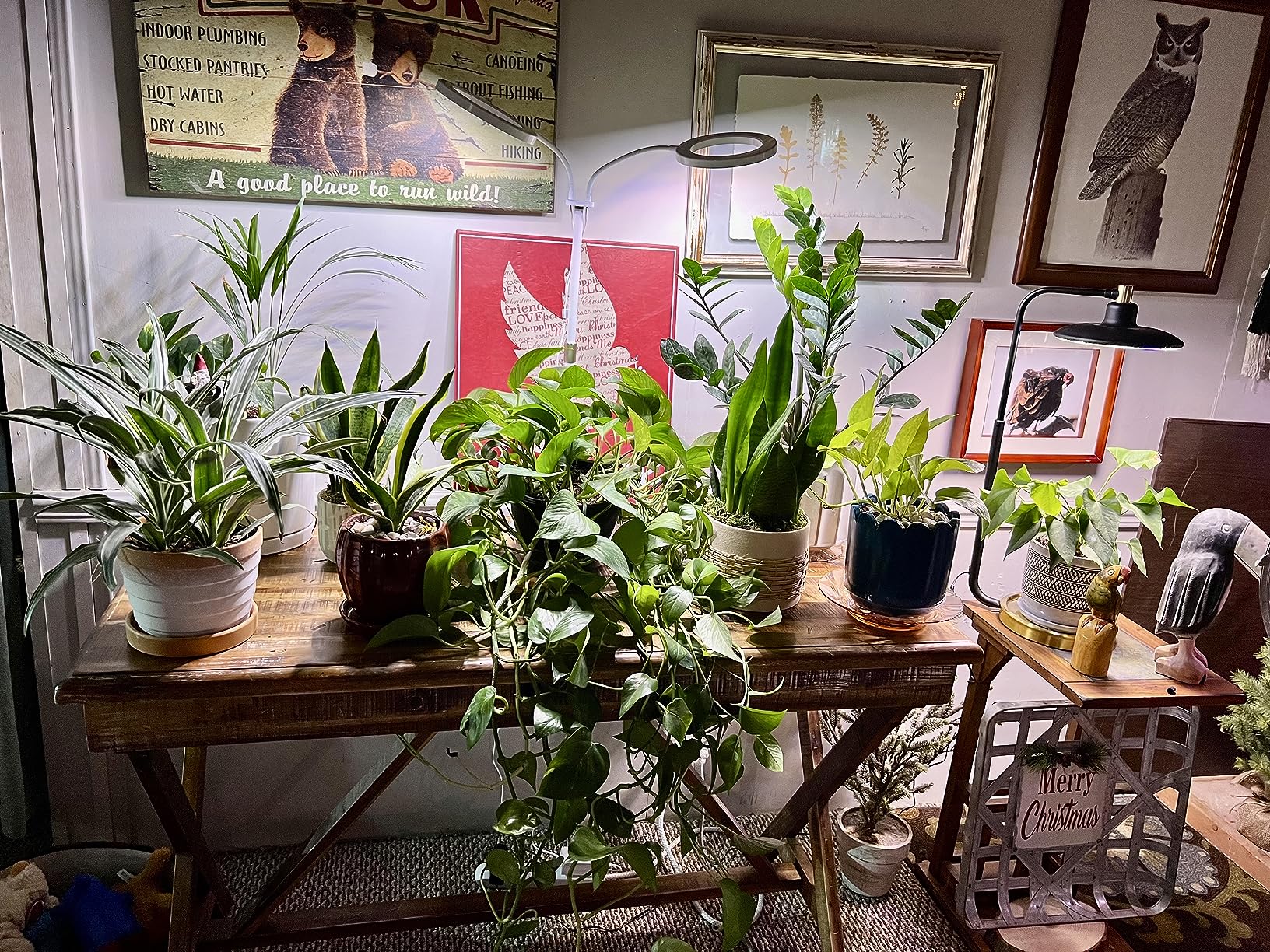The Basics of Plant Lights

In the world of indoor gardening, plant lights have become an essential tool for plant enthusiasts. Whether you're growing herbs in your kitchen, starting seeds in a greenhouse, or maintaining a collection of houseplants in a dimly lit apartment, understanding plant lights is crucial.
What are Plant Lights?
Plant lights are artificial light sources designed to mimic the spectrum of natural sunlight that plants need for photosynthesis. Photosynthesis is the process by which plants convert light energy into chemical energy, which is used for growth, flowering, and fruiting. Different wavelengths of light play different roles in this process. For example, red light (around 600 - 700 nm) is important for promoting flowering and fruiting, while blue light (around 400 - 500 nm) is essential for leaf growth and overall plant vigor.
Types of Plant Lights
- Fluorescent Lights
- Compact Fluorescent Lights (CFLs): These are a popular and cost - effective option for small - scale indoor gardening. They come in different sizes and color temperatures. Cool white CFLs, with a higher proportion of blue light, are great for vegetative growth, while warm white CFLs, which have more red light, can be used during the flowering stage.
- T5 Fluorescent Lights: T5s are linear fluorescent tubes. They are more energy - efficient and produce a higher light output per watt compared to CFLs. T5 grow lights are often used in propagation and for growing low - light - demanding plants.
- High - Intensity Discharge (HID) Lights
- Metal Halide (MH) Lights: MH lights emit a blue - rich spectrum, making them ideal for the vegetative stage of plant growth. They provide intense light, which is beneficial for plants that require a lot of light, such as tomatoes and peppers in a greenhouse setting.
- High - Pressure Sodium (HPS) Lights: HPS lights produce a red - orange - rich spectrum, which is excellent for the flowering and fruiting stages of plants. They are very bright and are commonly used in commercial indoor gardening operations.
- Light - Emitting Diode (LED) Lights
LED plant lights have gained significant popularity in recent years. They are highly energy - efficient, with a long lifespan. LED lights can be customized to emit specific wavelengths of light, allowing growers to tailor the light spectrum to the exact needs of their plants. They also produce less heat compared to HID lights, reducing the risk of heat stress on plants.
In conclusion, understanding the different types of plant lights and their functions is the first step in creating a successful indoor garden. By choosing the right plant light for your plants' growth stage and needs, you can ensure healthy and productive plants all year round.
